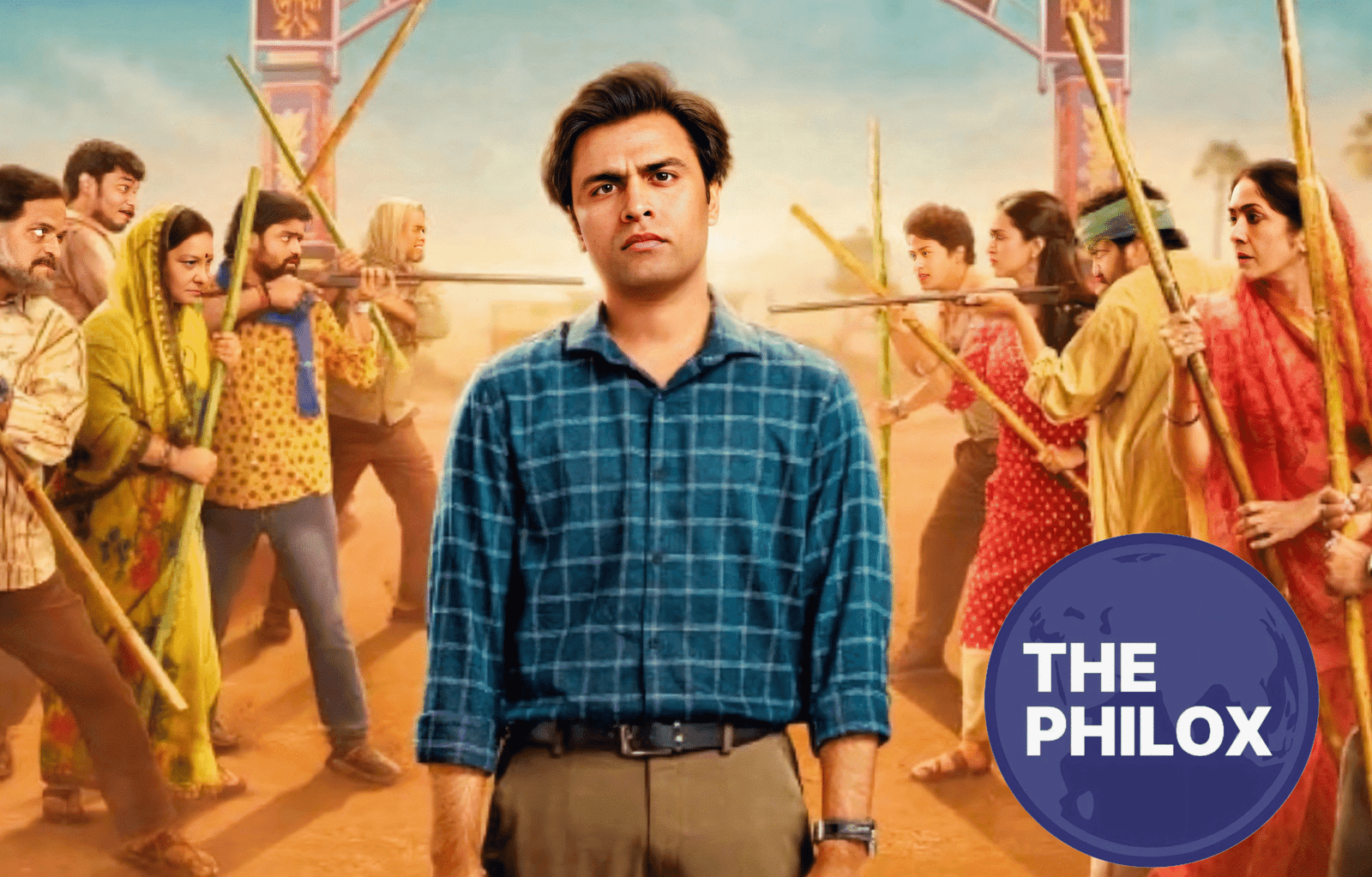
Panchayat Returns with more ambitious objectives
Panchayat’s fourth season is no more only a silent narrative of rural life. Once captivating audiences with its simplicity, the show is resurfacing with more scope and fresh artistic direction.
Season 4 is the most costly season ever since the creators have decided to commit significantly in the manufacturing. Along with the production quality, this rise in funding shows in the depth of narrative and the inclusion of intense scenes.
From modest beginnings as a lighthearted show about a reluctant city young person working in a rural panchayat office, the series has become a cultural phenomenon.
Early seasons concentrated on regular village life, funny events, and slow-building friendships. But Season 4 promises a dramatic shift with political rivalries, deadly breakouts, and a changing social fabric in Phulera.
Village on the Edge
The imaginary village where the story takes place, Phulera, has always been portrayed as grounded and quiet.
The new season, however, looks at how quickly political upheavals and social pressures may disrupt even the most serene environments.
Phulera finds itself trapped in a maelstrom of competition, rivalry, and manipulation as more power players arrive on the local scene and government interest rises.
Rising political leaders’ aspirations, local disputes, and outside influence start to build a storm.
Once a site of little conflicts and small disputes, the panchayat office becomes a center of high-stakes political theater. Once a background occurrence, the local elections now take front stage in the whole scheme.
Action Scenes Unseen Before in Panchayat
The presence of highly action-packed sequences in Season 4 surprised many of the viewers. Although the show has always been dialogue-driven, this time it features physical combat, chase sequences, and confrontations mirroring the growing tensions in Phulera.
The show’s increasing budget makes this change feasible. Improved tools, expert stunt choreography, and thorough set designs let Panchayat feel more cinematic than it has ever done.
Though employed sparingly, the action is not overdone to depict the rising importance. It now concerns survival, control, and resistance rather than only bureaucratic battles.
Characters Discover Moral Conundrums
The people who used to offer comic relief and friendliness are now compelled to make difficult decisions since the town is under strain.
The protagonist, Abhishek Tripathi, discovers he is in circumstances well beyond his initial job description.
Now, his position as panchayat secretary carries actual political manipulation, ethical conundrums, and threats.
Drawn into the maelstrom are other characters including Pradhan ji, Vikas, and Manju Devi. They have to choose whether to oppose the system or follow it, whether to remain silent or express.
These inner struggles keep the audience emotionally engaged and provide the program emotional depth.

Greater Budget Means More Bold Vision
Panchayat’s makers have obviously ventured boldly in changing the show. The higher money lets them expand not only the narrative but also the visual presentation.
Season 4’s photography is richer, reflecting in more dramatic tones the rural settings. Furthermore changing to fit the suspense and intensity of the plot is the background score.
Locations have changed, filming methods have advanced, and even props and costumes now more realistically depict.
Using these tools, the creators hope to blur the boundaries between a web series and a feature length film.
Preserving the Panchayat’s Core
The heart of Panchayat stays the same in all the changes. The program still centers on rural Indian modest pleasures and hardships, community life, and the relationships among its people.
Still there, simply loaded with fresh difficulties and deeper themes, the appeal that made the series so beloved.
The authors have exercised great caution not to lose the unique character of the play. Panchayat keeps its distinct narrative approach, one that combines humor, reality, and emotion even with political anarchy and bloody fighting.
A Mirror of Actual Rural Politics
Season 4 also reflects the evolving political environment found in many rural areas of India. Real-world events shape the increasing competitiveness for power, the intervention of higher authorities, and the hazards experienced by sincere officials.
Although the show does not name particular locations or incidents, the ideas are obviously influenced by what is happening all throughout the nation.
The production gains value from this realistic overlay. It not only provides entertainment but also educative value.
The experience is more potent and significant since viewers can identify the hardships of the characters to real-life events.
Fans respond with eagerness and questions.
Season 4 chatter has already begun. Seeing how their beloved characters manage this darker, more intense era interests fans. While some are worried the show would lose its simplicity, many have shown enthusiasm about the new approach.
Early teasers and interviews have been somewhat successful in controlling expectations. They contend that the tale stays rooted even if the stakes are bigger.
The basis of the program will always be the comedy, dramatic events, and close relationships among the characters that define Panchayat unique.
An Other Chapter for a Beloved Series
Panchayat Season 4 shows a dramatic change in one of the most watched online series in India.
The large cash infusion has not only raised technical quality but also let the writers explore more dramatic, deeper narratives.
The people we have come to love will be tested like never before as Phulera negotiates political storms and brutal difficulties.
For the show as well as for Indian digital content generally, this new season will probably mark a turning point.
If done right, it might establish a new benchmark for how honestly, intensely, and with cinematic power rural stories are portrayed.
Laughing, crying, suspense, and most importantly, a narrative reflecting both change and continuity, are expected from fans.





